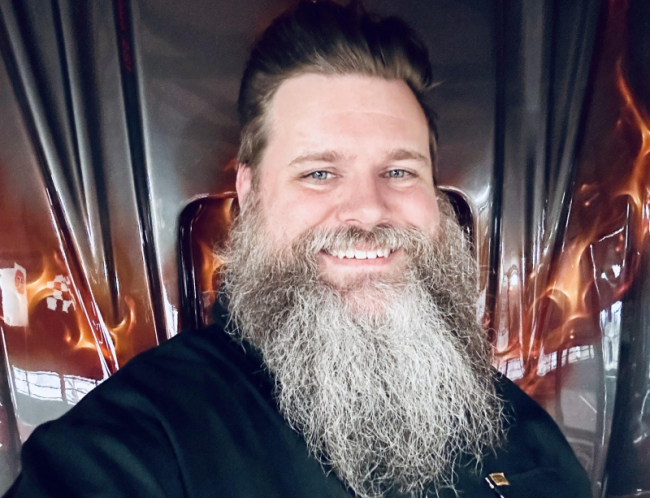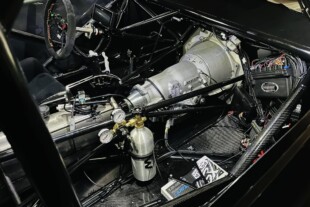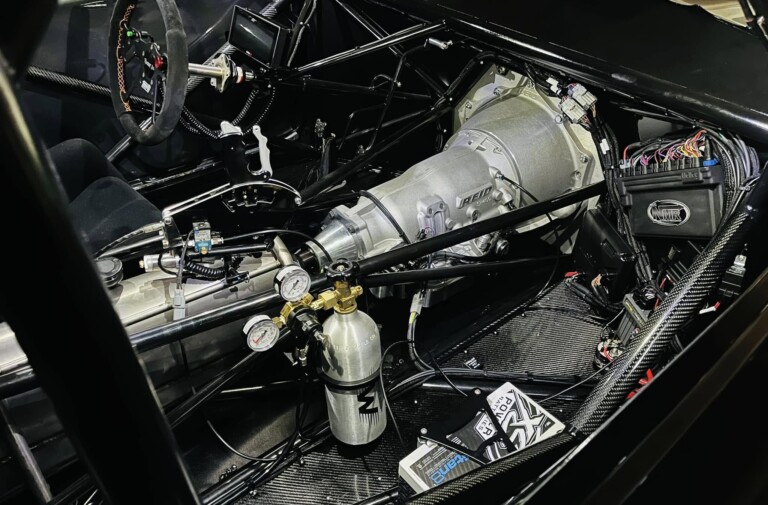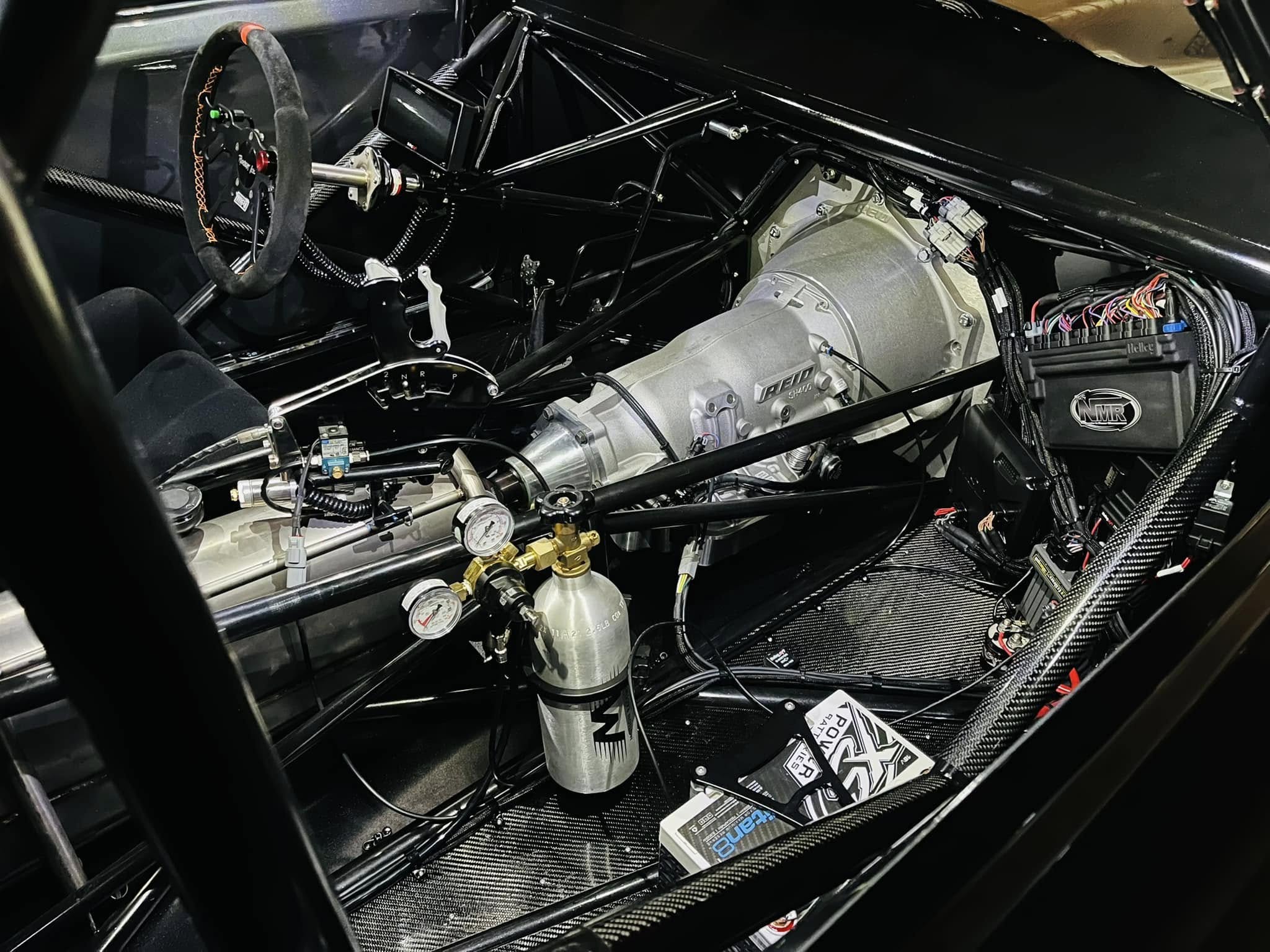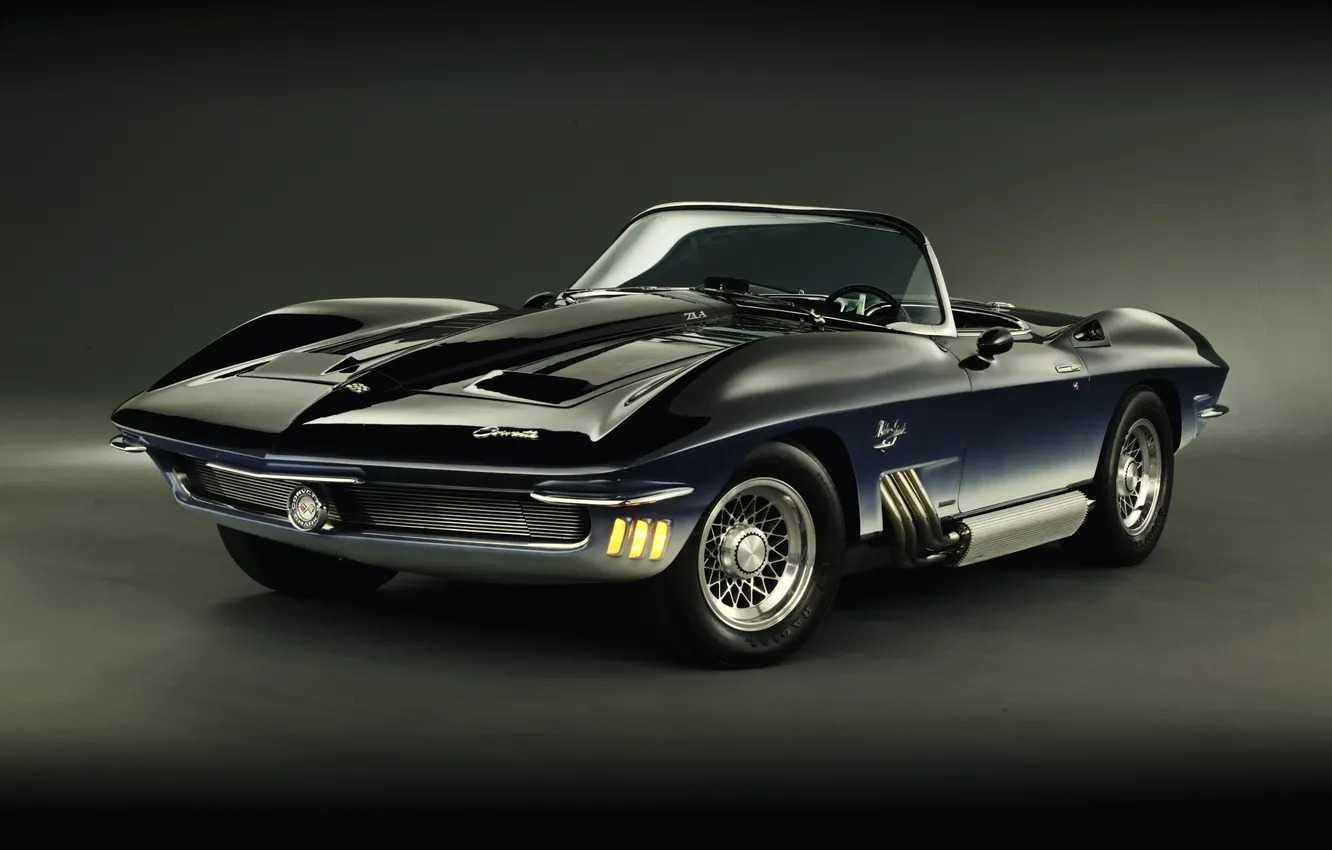As the old saying goes: cheating in auto racing began five minutes after the second car was built. Wait, scratch that. Maybe the saying was more like: auto racing began five minutes after the second car was built. That second and more genuine statement came courtesy of the great Henry Ford. But we can’t help but think, given his uncanny ability to bend logic to his benefit, that the first statement might’ve been proffered by the equally great Henry Yunick. After all, according to legend, there was no better cheater than the ‘ole “Smokey.”
In reality, calling Smokey Yunick a cheater is fairly unfair. The truth of the matter is that he was an extremely innovative motorsports pioneer who simply knew how to interpret the rules in a way that got the most out of his race car. According to Yunick, roughly half of NASCAR’s 1970s rules were direct results of his great ideas that weren’t so well received by officials. Take, for example, fuel mileage, something that remains a hot topic in NASCAR to this day.
The unofficial story of Smokey Yunick’s fuel mileage cheat goes something like this: during tech inspection at the Daytona 500, officials had removed the fuel tank from Smokey’s fabled ‘66 Chevelle. Upon learning that his Chevy had failed inspection with a whopping nine violations, Yunick promptly exclaimed “That’s nonsense, make that 11!” before firing the car up, sans fuel tank, and driving back to his shop in the Daytona suburbs.
To appreciate the rest of that story, you need to know why NASCAR decided to remove Yunick’s fuel tank in the first place. See, Yunick knew NASCAR measured the volume of fuel inside the tank to ensure fair competition. Every competitor’s tank would be drained before the race to confirm uniform capacity. He also knew NASCAR did not measure the actual size of the fuel tank. With that in mind, he fabricated a slightly larger tank with a basketball inside it. Before inspection, he would inflate the ball, restricting the tank capacity to NASCAR specifications. Before the race started, he would deflate the ball and add additional fuel to the tank.
The larger tank was slick, but magically driving a car off without any fuel tank? Yeah, that took a little more prep. Most cars need fuel lines to function, that’s a given. However, at that time, NASCAR did not stipulate the size or design of fuel lines. Yunick, constantly striving for a competitive edge, neatly coiled 11 feet of 2-inch fuel line under his team’s car, equipping the engine with over two additional gallons of fuel.
Throughout his career, Henry “Smokey” Yunick was a driver, mechanic, designer and crew chief who contributed to pretty much every form of automotive motorsports. In NASCAR alone, his knowledge, candor, and unique approach to specifications helped his teams achieve over 50 victories and two Cup championships. In his later years, Yunick became an acclaimed writer and was inducted into both the International Motorsports Hall of Fame and the Motorsports Hall of Fame of America.


